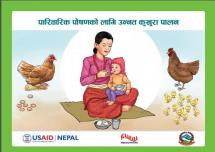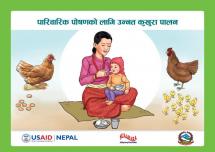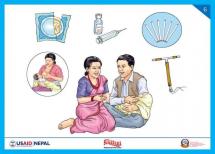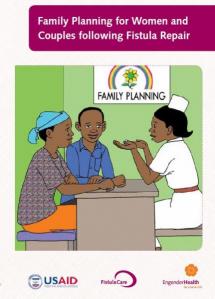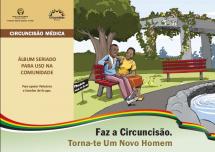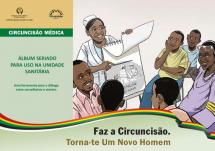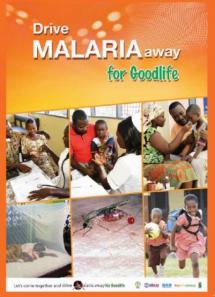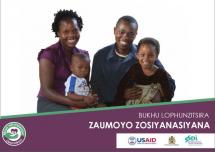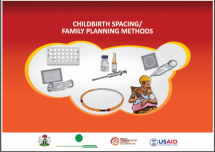Discussion Cards (Hill, Mountain, Terai)
Suaahara was a five year (2011-2016) project funded by USAID aimed to improve the nutritional status of women and children in 41 districts of Nepal. The project focused on improving health and nutrition behaviors at the household level through promotion of Essential Nutrition and Hygiene Actions (EN/HA), particularly Maternal, Infant and Young Child Nutrition (MIYCN), and addressing other determinants of under-nutrition, such as availability of and access to food, hygiene, quality of health care, child spacing and socio-cultural factors including gender and marginalization.
Integrated (Unifying Theme-Bhanchhin Aama) Campaign: Suaahara developed and implemented the integrated Bhanchhin Aama (“Mother knows best”) cohesive platform which linked varied messages and reinforced recommended actions through a wide array of channels including mass media (radio programs, radio spots and billboards), print, and social mobilization. The platform involved multiple sectors (nutrition, agriculture, WASH, health service promotion, family planning), linked Suaahara partners, government and others, and had multiple messages for every target audience (pregnant women, husbands, newly married women, mothers-in-law, etc.).
The SBCC strategy established an internal quality materials review and production system to ensure that all partners in the consortium had mutually reinforcing, quality materials developed, pretested, produced and disseminated to the end user.
Discussion Cards (Hill, Mountain, Terai)
These discussion cards were developed to support community mobilizers in creating interactive discussion on the intended 6 key health behavior actions and its barriers on Maternal nutrition, Exclusive breast-feeding, complementing feeding, sick child feeding, hand washing and birth spacing. Other objective of this card to stimulate thinking and increase intention to practice the intended behaviors.
Target Audience- Community Mobilizers (FCHV, Community Mobilizers) from 3 ecological regions – High Hill (Mountain), Hill and Terai.
Key Messages were included in this discussion cards:
- Extra food for pregnant women and lactating mother
- Exclusive breast-feeding
- Animal source food, orange fleshed foods and greens in complimentary food
- Food for Sick child
- Birth spacing
- Hand washing with soap and water at critical times
These discussion cards were distributed to each of the Community Mobilizers (FCHV, Community Mobilizers) during Essential Nutrition/Hygiene Action training, household counseling and group meetings in all Suaahara implementing 41 districts.
Source: Johns Hopkins Bloomberg School of Public Health/ Center for Communication Programs
Date of Publication: March 25, 2019


